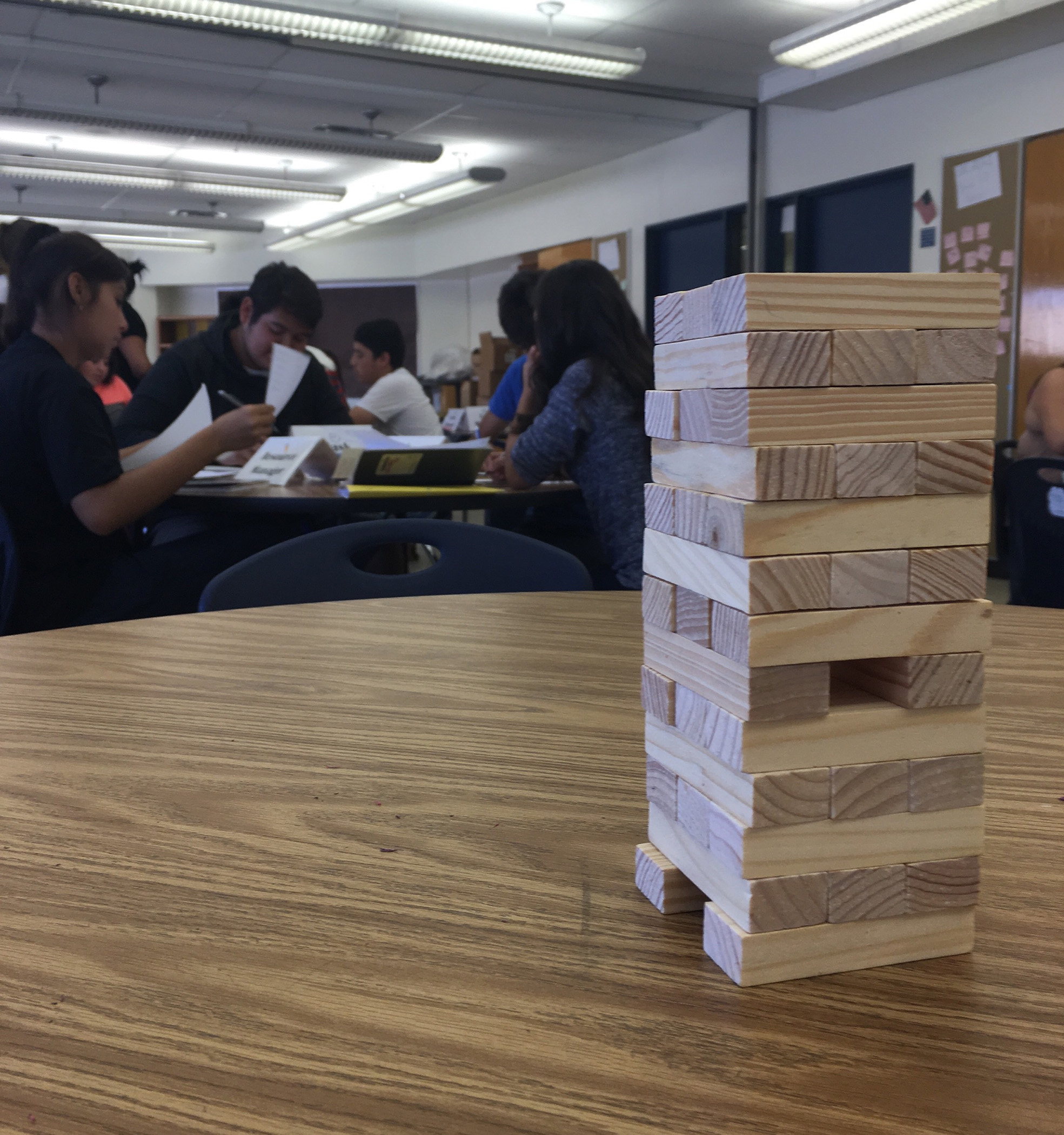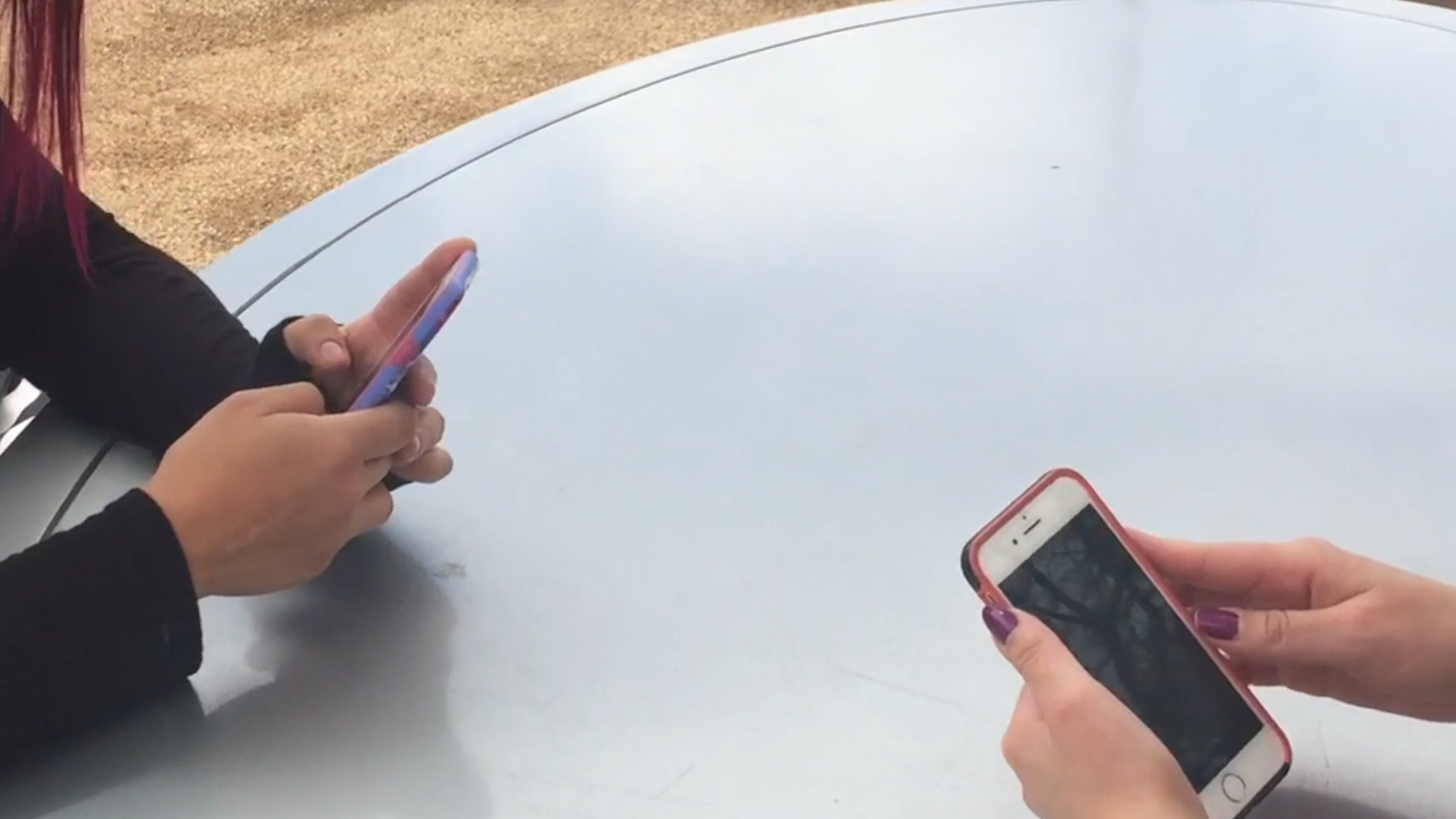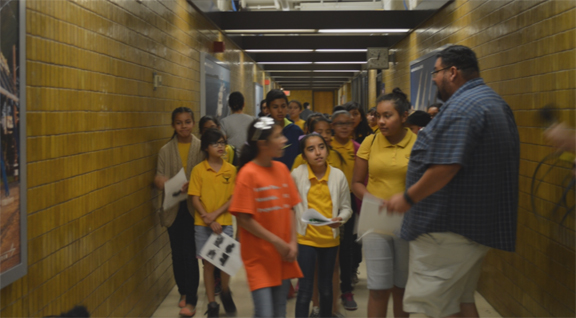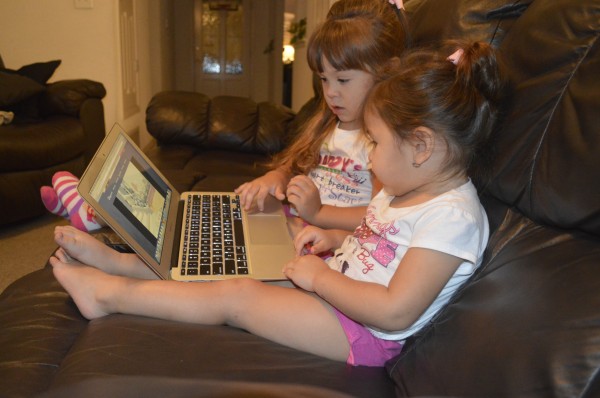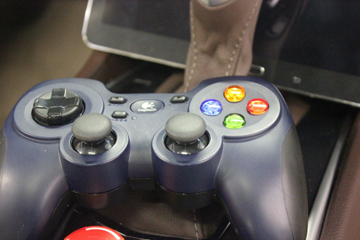EL PASO — Electric vehicle programs are popping up across the U.S. Southwest, but the border region has been slow to embrace the trend with some notable exceptions. “Electric is coming, don’t kid yourself,” said Royal Jones, owner and CEO of Mesilla Valley Transportation based in Las Cruces. The company is a six-time recipient of the EPA SmartWay Carrier Excellence Award, which is awarded to businesses for leading their industries in improving freight efficiency and contributing to cleaner air within their supply chains. “My original reason for being green was because I needed some money.” Jones said about his goal to build up a more efficient fleet.
Today’s parents challenged by tech trends changing childhood experience
|
EL PASO – Vanessa Canales has seen her daughters — ages 2 and 3 — give up playing with dolls and switch to spending long hours every day glued to the family’s iPad and her iPhone. And she’s all for it. “Parents are becoming too over protective when it comes to allowing children to incorporate technology in their play time. They must realize the importance it will have later on in their life,” said Canales, 30, a nurse at Las Palmas Medical Center. But widespread public concern that technological devices may have negative effects on young children, such as a lack of social skill development and even obesity, have driven some of the world’s leading technology innovators to put a damper on their children’s use of mobile tools.
Roads will be safer when cars can talk to each other
|
MCLEAN, Va. – While Taylor Lochrane was driving through a heavy rainstorm in Virginia, the lack of visibility didn’t worry him. He pressed a few buttons on the Cadillac SRX Crossover’s console, allowing the vehicle’s cruise control to maintain a large gap between his car and the one he was following, preventing a possible crash. “The radar could see the car, even though I couldn’t,” he said. The Cadillac’s radar adds another layer to regular cruise control, making it able to react to the environment using what is called adaptive cruise control.
New technology bridges US-Mexico border at Columbus school
|
By Lindsey Anderson
COLUMBUS, N.M. — The sun hasn’t yet risen when the first children arrive. Most are middle and high school students, beginning the bleary-eyed walk just after 6 a.m. Then come the youngsters, the elementary school children, accompanied by mothers and fathers and tías and tíos. The families walk through the opening in the wall, running indefinitely in either direction, and up to a small patio and the Columbus Port of Entry. The parents help their students slip on backpacks, zip up coats and plant kisses on little cheeks, then they send their children off to the United States of America. More than 300 young U.S. citizens living in and around Palomas, Mexico, cross into the United States each day to attend public school in southwestern New Mexico’s Luna County.
3G wireless technology delivers diabetes health care in innovative border project
|
An innovative use of wireless technology allows underserved communities improve diabetes care and prevention on the Tijuana border. Using 3G mobile technologies, the Dulce Wireless Tijuana project will help patients in remote areas monitor and treat their diabetic condition.

